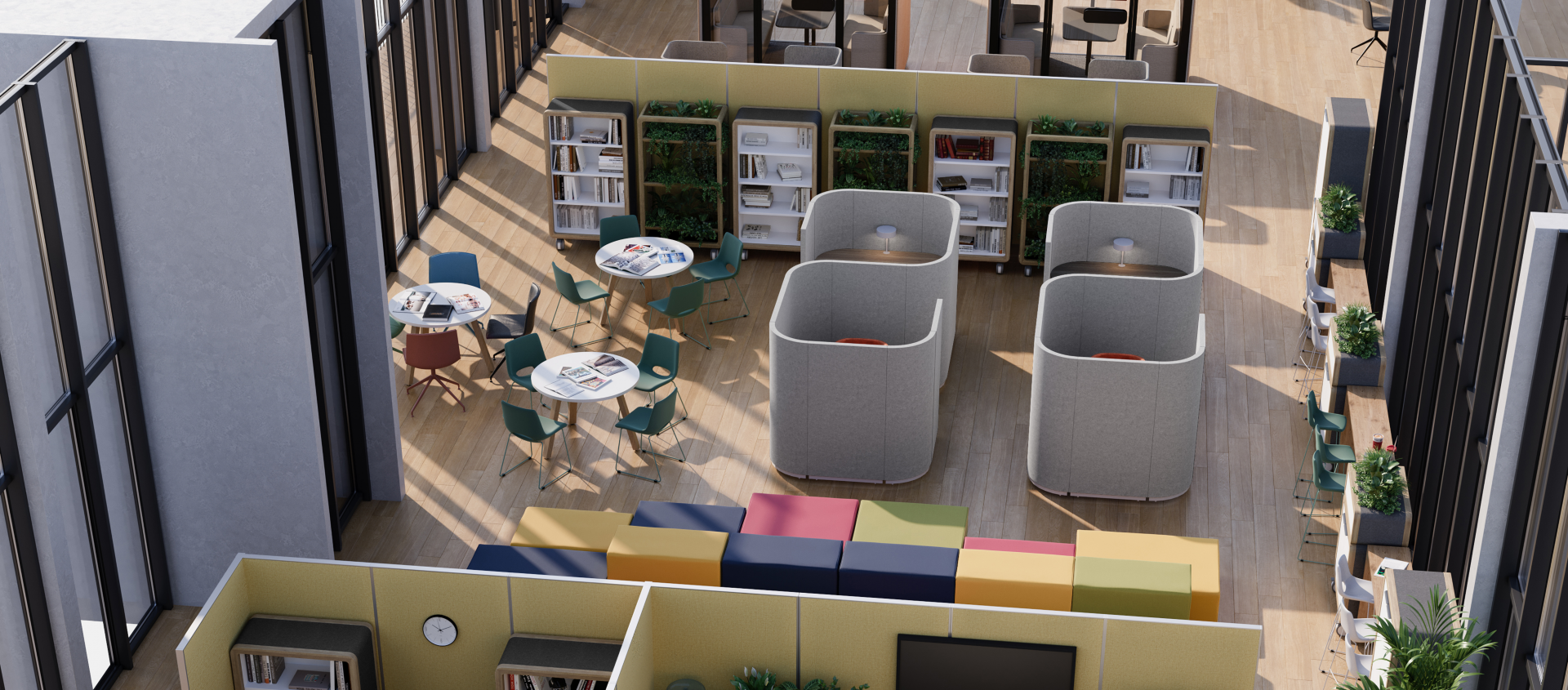Understanding Leather: A Guide to Choosing Workspace Seating
written by OLG
Leather seating can elevate a workspace, adding a sense of sophistication, durability, and comfort. However, not all leather is created equal—choosing the right type requires an understanding of its composition, durability, and suitability for different office environments. Whether designing a high-end executive suite or a versatile breakout space, selecting the right leather ensures both style and longevity.
Below is a breakdown of the key leather types used in workspace seating and what to consider before making a selection.
Full-Grain Leather
As the highest-quality leather available, full-grain leather retains the hide’s natural grain and imperfections, offering unparalleled durability and a rich, organic texture. This leather type ages beautifully, developing a patina over time—a soft sheen that enhances its character and makes it even more luxurious with use.
Due to its resilience and prestige, full-grain leather is best suited for executive seating, boardroom chairs, and statement furniture where longevity and sophistication are priorities. While more expensive than other leather types, its natural strength ensures it can withstand decades of use in high-traffic environments. Regular conditioning is recommended to maintain its appearance, preventing it from drying out over time.
Top-Grain Leather
Top-grain leather is slightly sanded to remove surface imperfections, giving it a more uniform appearance while maintaining much of the durability of full-grain leather. It’s softer to the touch and easier to maintain, making it a versatile choice for both corporate offices and casual breakout spaces. Unlike full-grain leather, top-grain leather has a protective finish, which helps resist stains and moisture absorption—a practical advantage in busy office environments. This makes it a go-to choice for workspaces that require a premium aesthetic without the high-maintenance needs of full-grain leather.
Split Leather
Derived from the lower layers of the hide, split leather is thinner and less durable than full-grain or top-grain leather but offers a budget-friendly alternative that still provides the visual appeal of genuine leather. Often used in less demanding applications, it is a practical choice for low-traffic areas, decorative seating, or budget-conscious fit-outs.
While split leather lacks the longevity of its higher-end counterparts, it can be coated or embossed to improve durability and appearance. However, it may be more prone to cracking or peeling over time, particularly in high-use environments.
What to Look For
- Stitching & Construction – Quality craftsmanship is essential for durability. Look for reinforced stitching, double-stitched seams, and strong frame construction to ensure longevity. Higher-quality chairs often feature hand-stitched or reinforced leather upholstery, providing better resistance to wear and tear.
- Maintenance Requirement – Full-grain leather requires regular conditioning to prevent drying and cracking. Top-grain leather is easier to maintain with its protective finish but benefits from occasional leather balm applications. Split leather may require additional care, as its thinner nature makes it more vulnerable to wear over time. A well-maintained leather chair can last for decades, making it a valuable investment in long-term workplace design.
- Ethical & Sustainable Sourcing – With increasing demand for responsible sourcing, it’s essential to look for leather that meets ethical and environmental standards.




